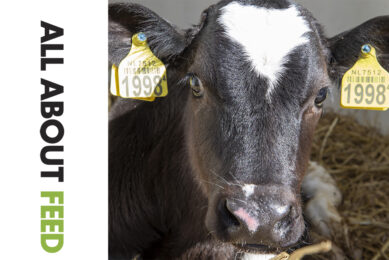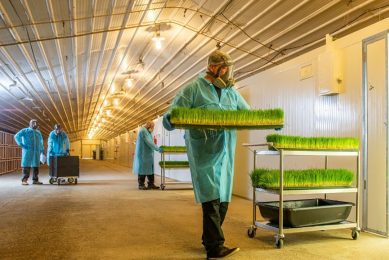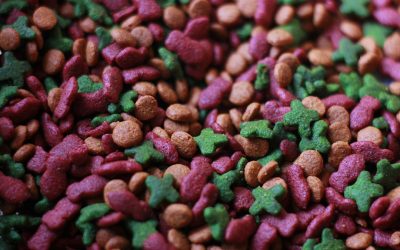Study looks at reducing energy in dog food extrusion

Brazilian researchers looked at the possibility to increase extruder productivity without elevating electric energy consumption, an important economic consideration for dog food production efficiency.
The research paper, to be published in the September issue of Animal Feed Science and Technology, evaluated the effects of specific thermal energy (STE) application at the extrusion preconditioning stage on the processing parameters, starch gelatinization, kibble macrostructure, nutrient digestibility, faeces characteristics, and palatability of a dog food formulation.
2 experiments at different temperatures
2 experiments were conducted, and both used the same dog food recipe. In the first experiment, 6 amounts of STE were applied by changing steam infusion in the preconditioner to obtain the following discharge mass temperatures: 45°C, 55°C, 65°C, 75°C, 85°C, and 95°C. After evaluating the processing and kibble characteristics, the diets were fed to 36 dogs (6 dogs per diet), and nutrient digestibility was determined by total faeces collection. Palatability comparisons were carried out with 36 dogs using the two-pan method.
In the second experiment, 3 treatments were produced. The extruder was operated with preconditioner mass temperature of 45°C, and the amperage documented. On the sequence, the preconditioner mass temperature was increased to 95°C, and the reduction on amperage was recorded. The extruder feed rate was then increased until a motor amperage equivalent to that of treatment 45°C was observed but keeping constant preconditioner mass temperature at 95 °C. Processing and kibble characteristics were evaluated.
Effects of increasing STE
It was shown that kibble expansion increased (bulk density, expansion rate, specific length), and hardness decreased with increasing STE (P < 0.001). apparent nutrient digestibility and food palatability did not change according to ste application. faeces dry matter increased (p =" 0.003)," but ph and fermentation product content did not change. in experiment 2, increasing ste was able to substantially elevate the mass production of the extrusion system while keeping the electric energy consumption constant. the researchers conclude therefore that an increase in ste application decreased the specific mechanical energy (sme) required to process the food and increased the kibble expansion, starch gelatinization and in vitro digestibility of organic matter (om), allowing a substantial increase in extruder productivity without increasing electric energy consumption, an important economic consideration for dog food production efficiency.>











